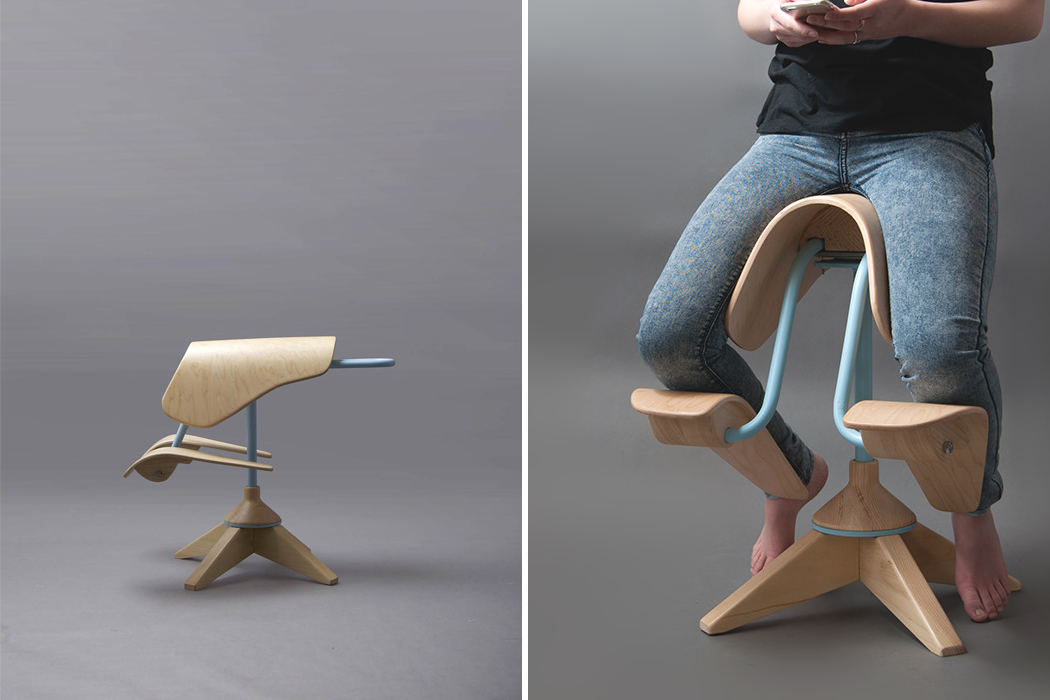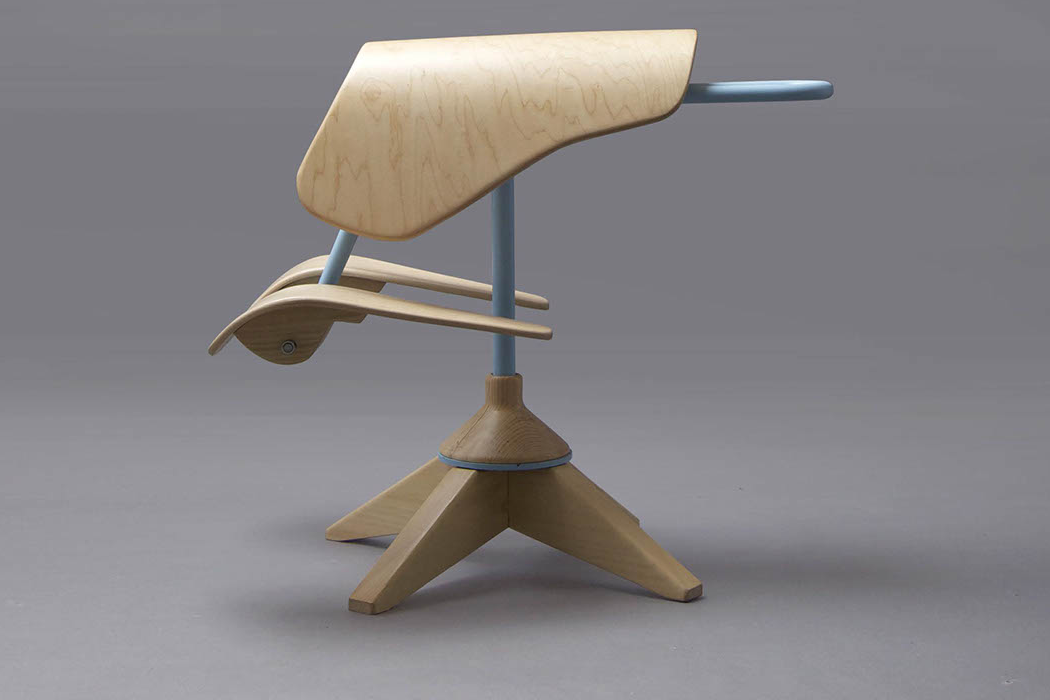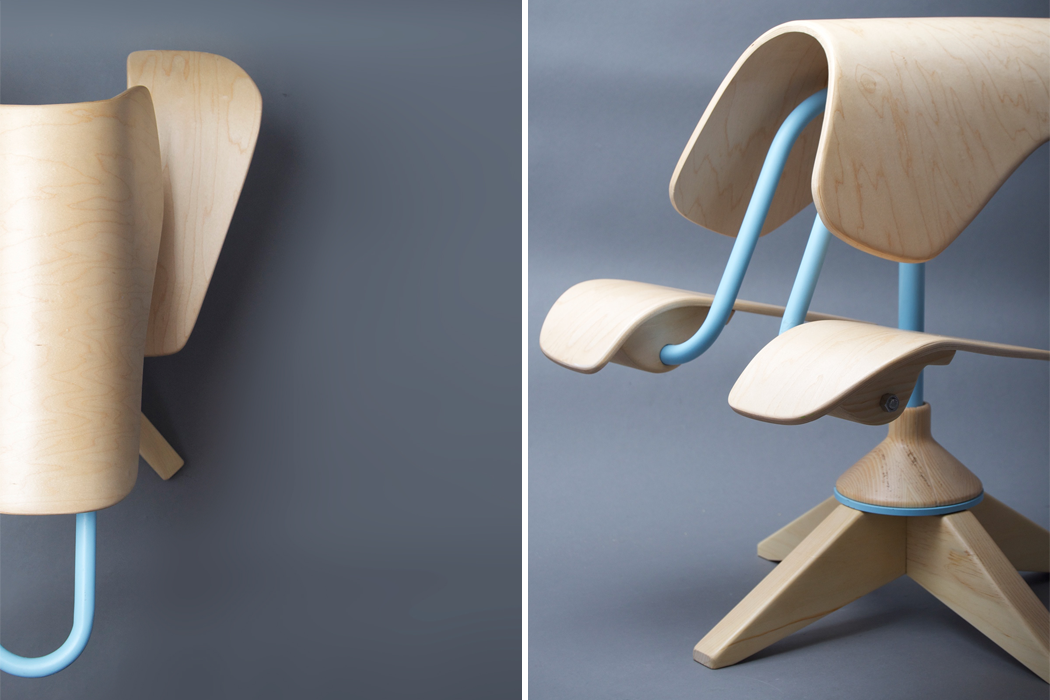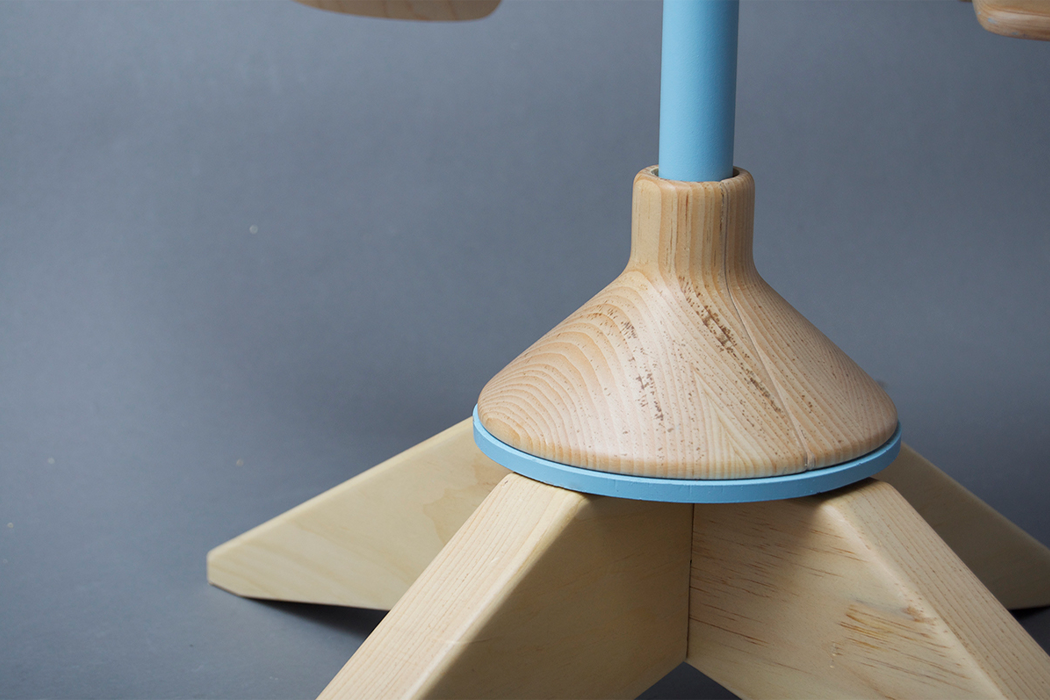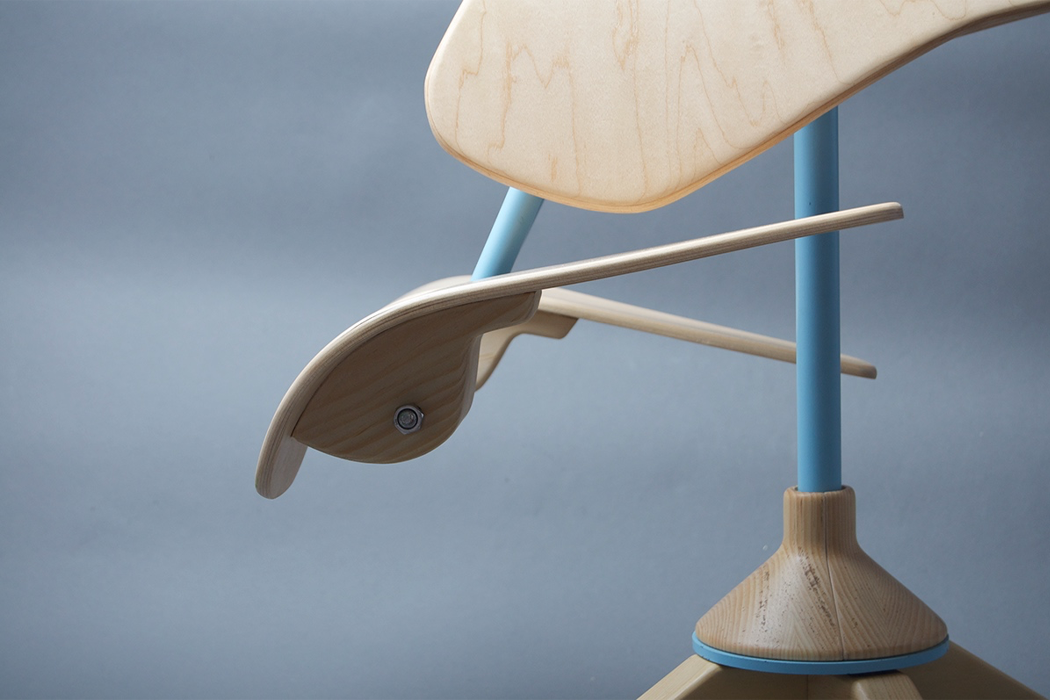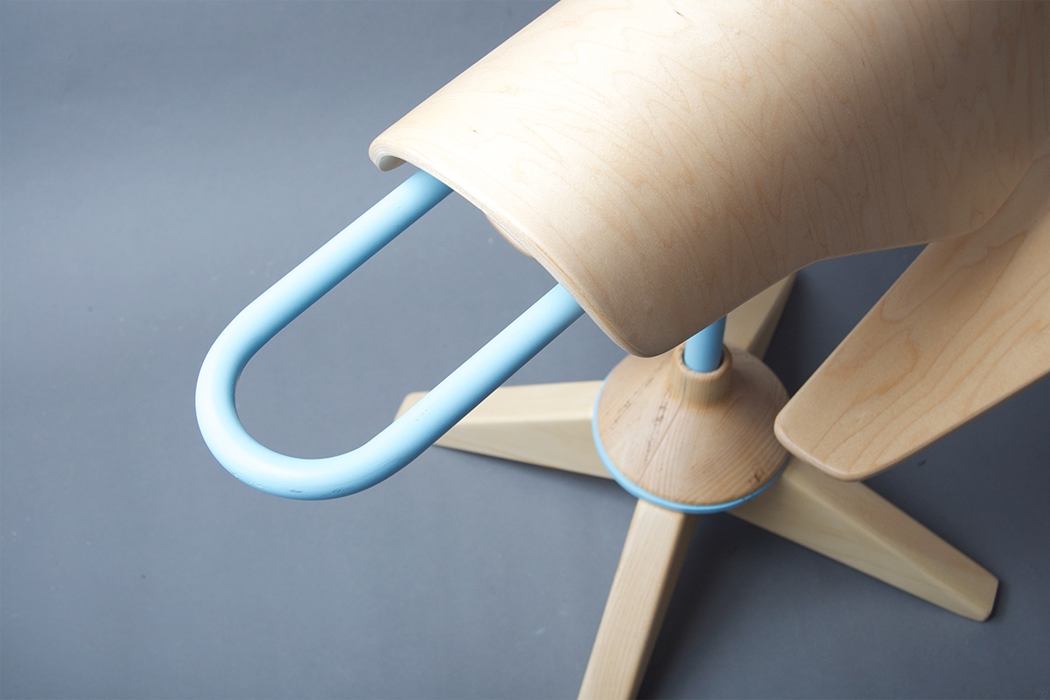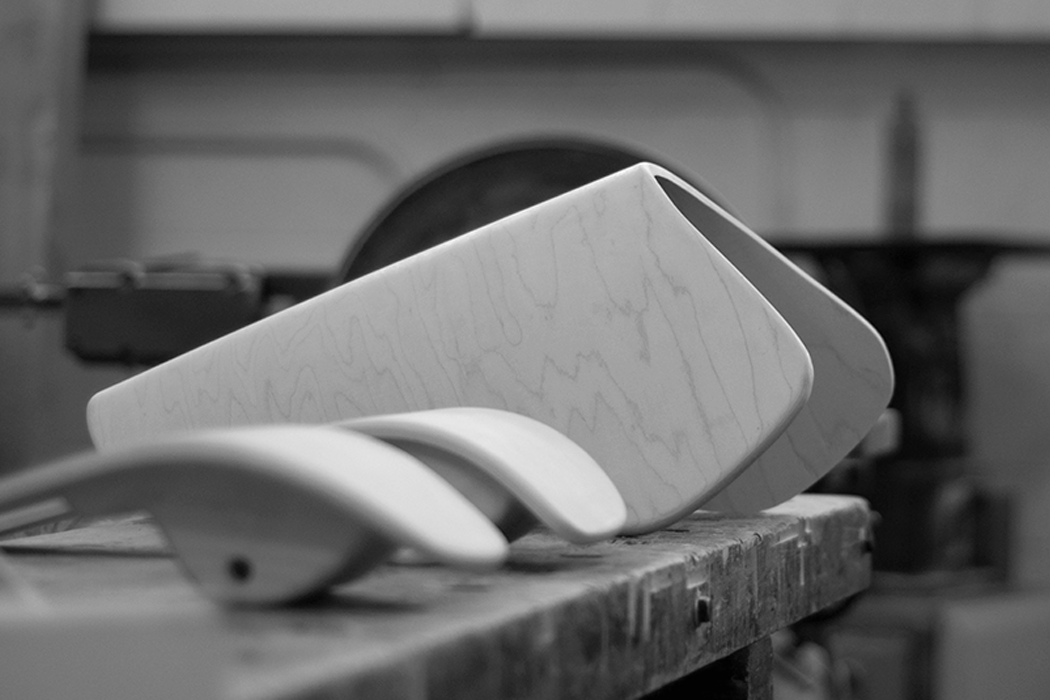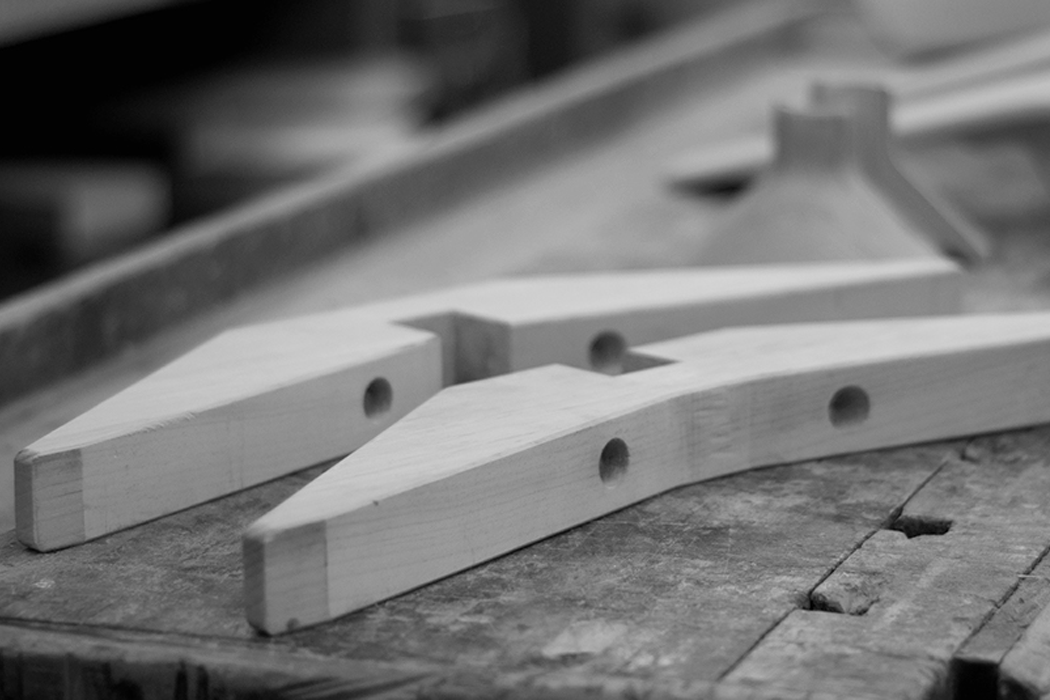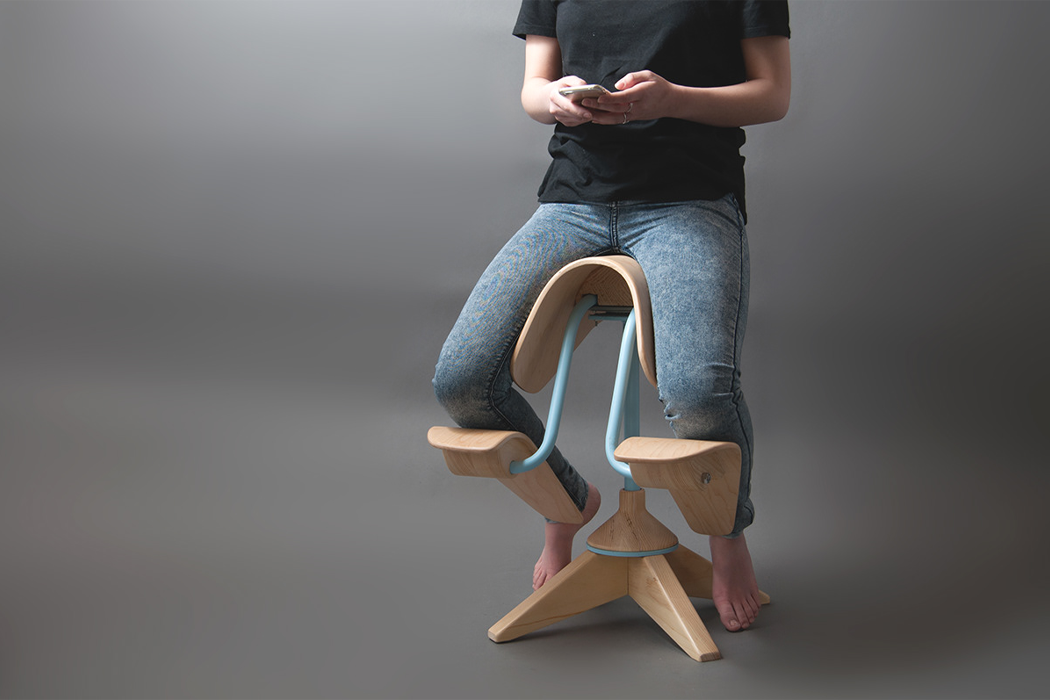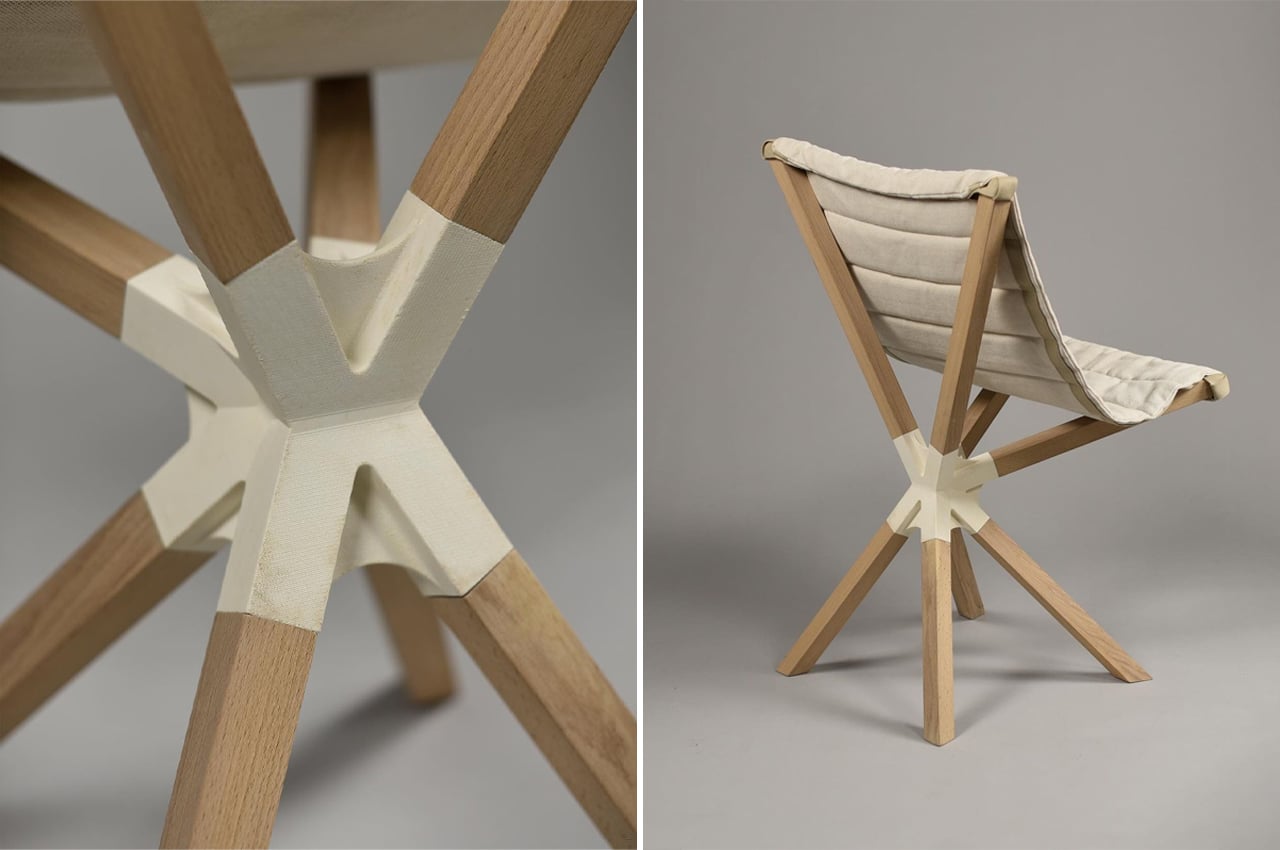
Konvergence is an atypical lounge chair that hinges on a 3D-printed central connecting knot that brings each component of the chair together, from its eight wooden slats to its fabric seat rest.
When it comes to chairs, exciting, innovative designs are few and far between. Incorporating technology into the construction of chairs often stretches the creative bounds of the design process. Technology like 3D printing helps create chairs that we haven’t seen before, reminding us of the endless potential in furniture making and interior design.
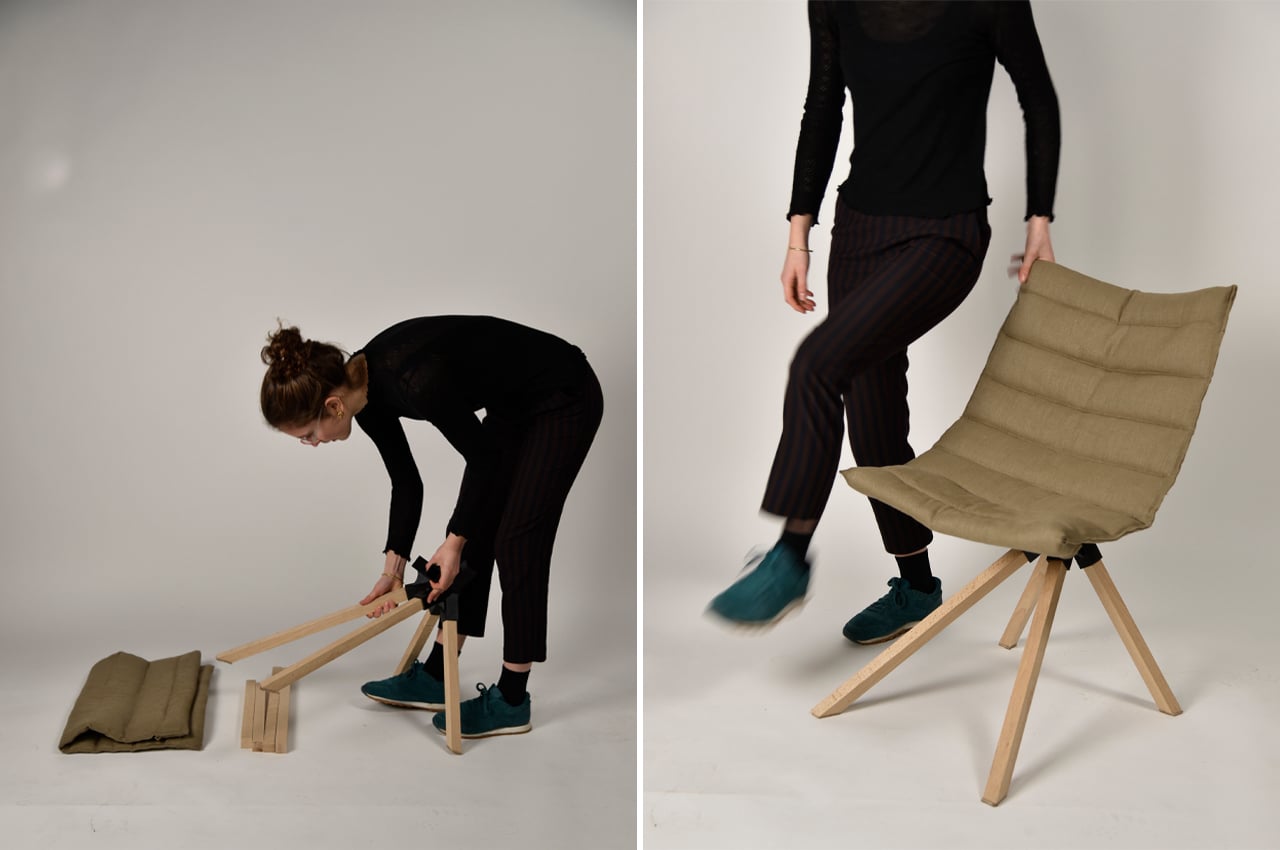
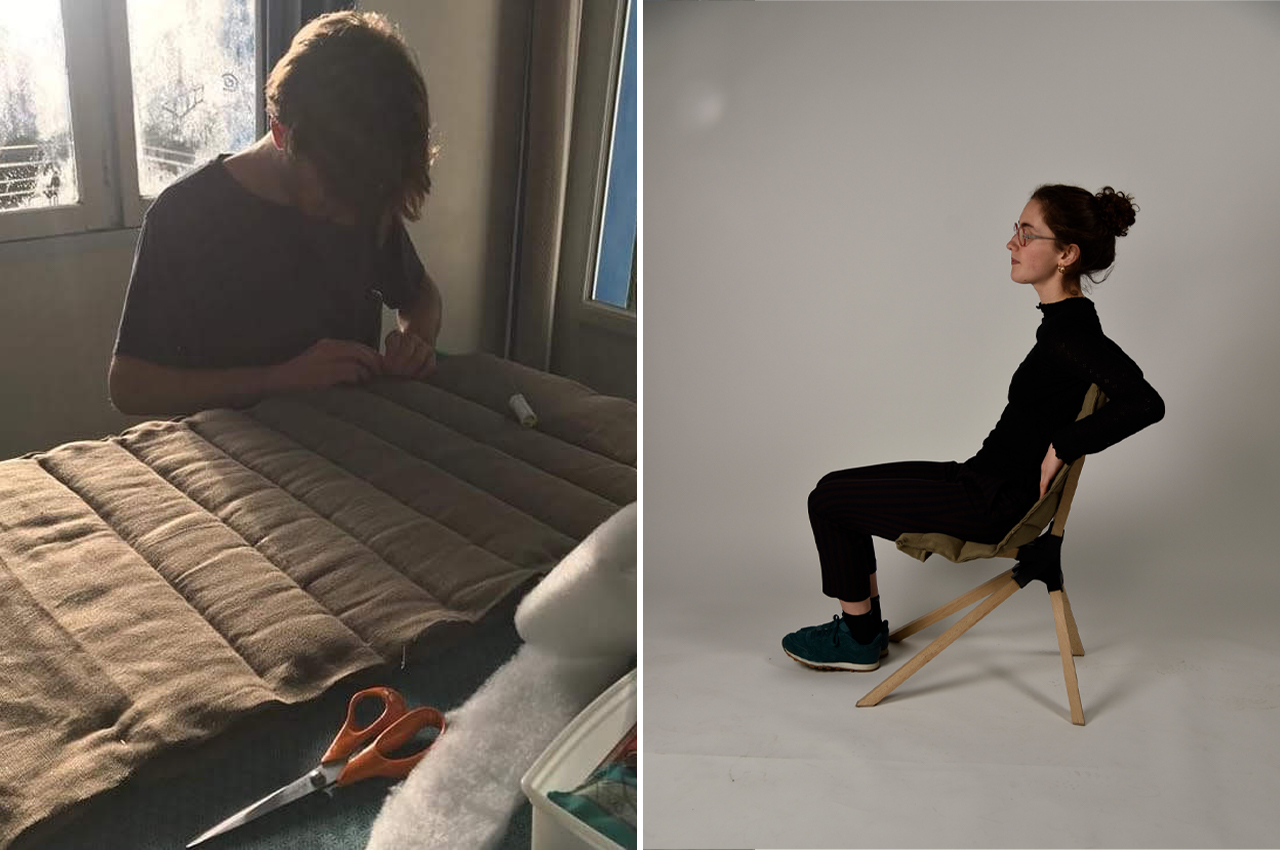
Designing their own interpretation of the classic lounge chair called Konvergence, Paris-based designer and maker, Emmanuel Hugnot turned to 3D printing to produce a central knot that eight wooden slats protrude from to define and support the shape of a fully-formed chair.
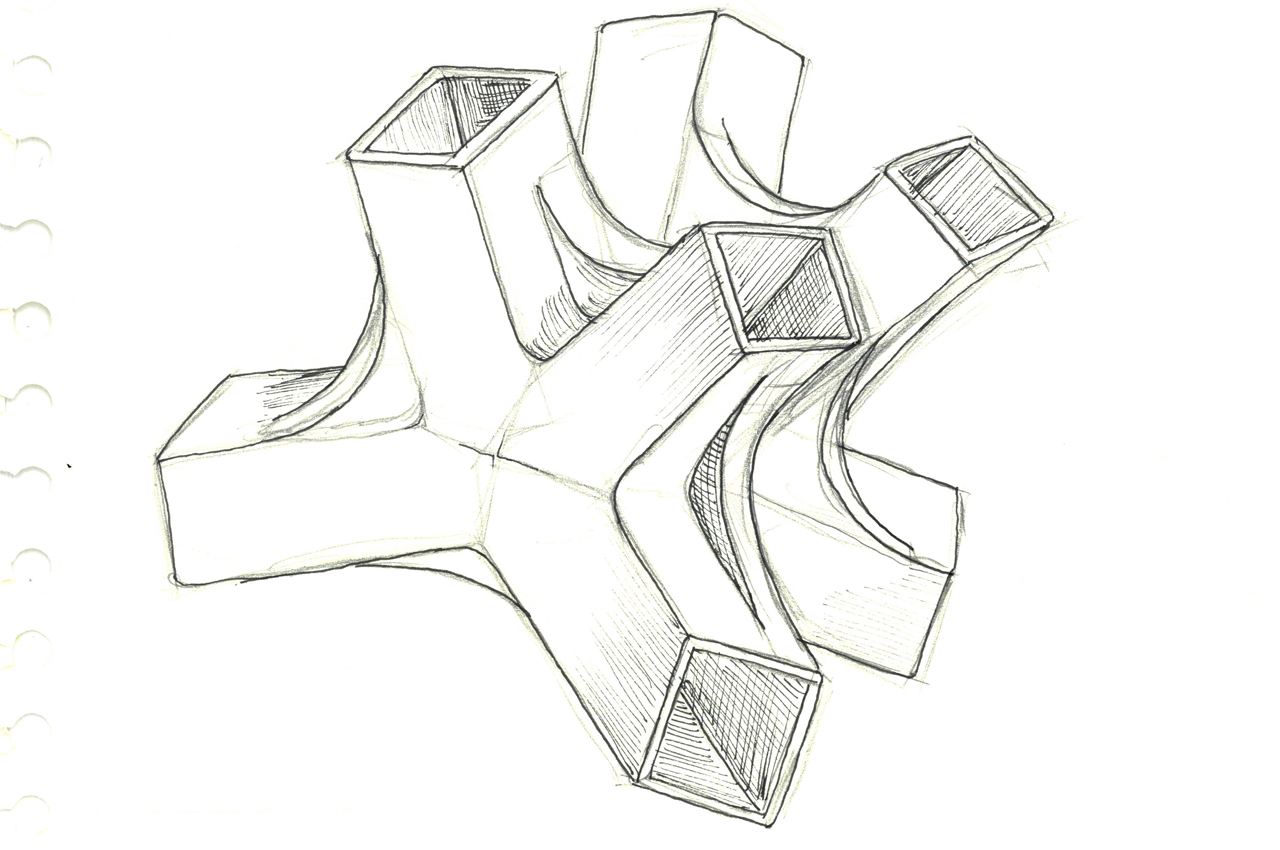
The central knot of Konvergence resembles the shape of a ball-and-socket connector piece from LEGO kits. Keeping a total of eight end sockets, the central knot functions as the chair’s cornerstone, providing the bridge for all of Konvergence’s additional components to connect. Taking to common beech to produce the eight wooden slats, Hugnot went with the brightly textured timber for its rigidity and current abundancy in Europe’s forests. Once connected to the central knot, the wooden slats form the skeletal frame of Konvergence, leaving space for blankets of fabric to cover the slats to follow Konvergence through to its final form.
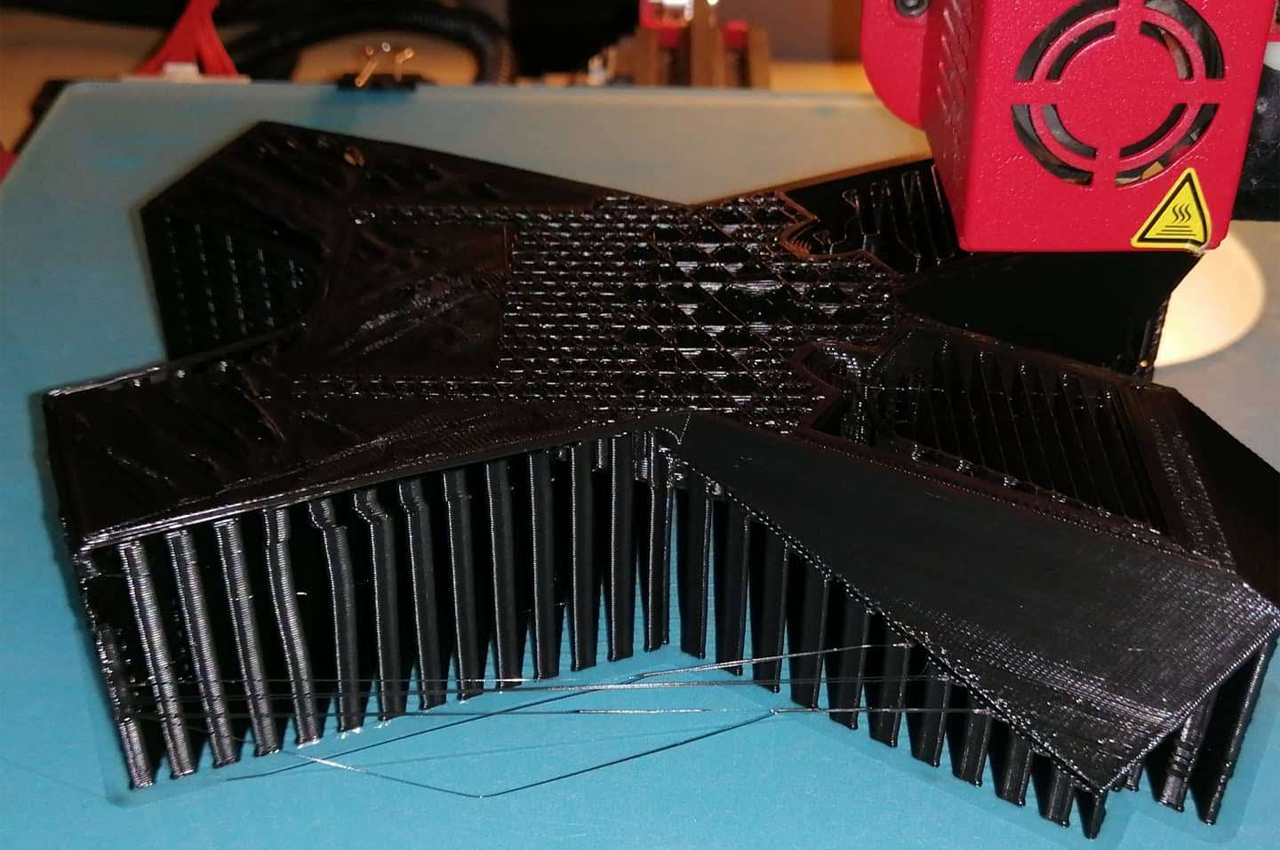
Designed so that the lounge chair could be dismantled just as quickly as its produced for easy assembly and portability, Hugnot describes the inspiration behind Kovergence in their own words, “In an ecological will, ‘Konvergence’ is intended for small series to compete with heavy industry in terms of resource consumption and price. Thanks to its shape the chair is easy to disassemble for better transport or storage.”
Designer: Emmanuel Hugnot
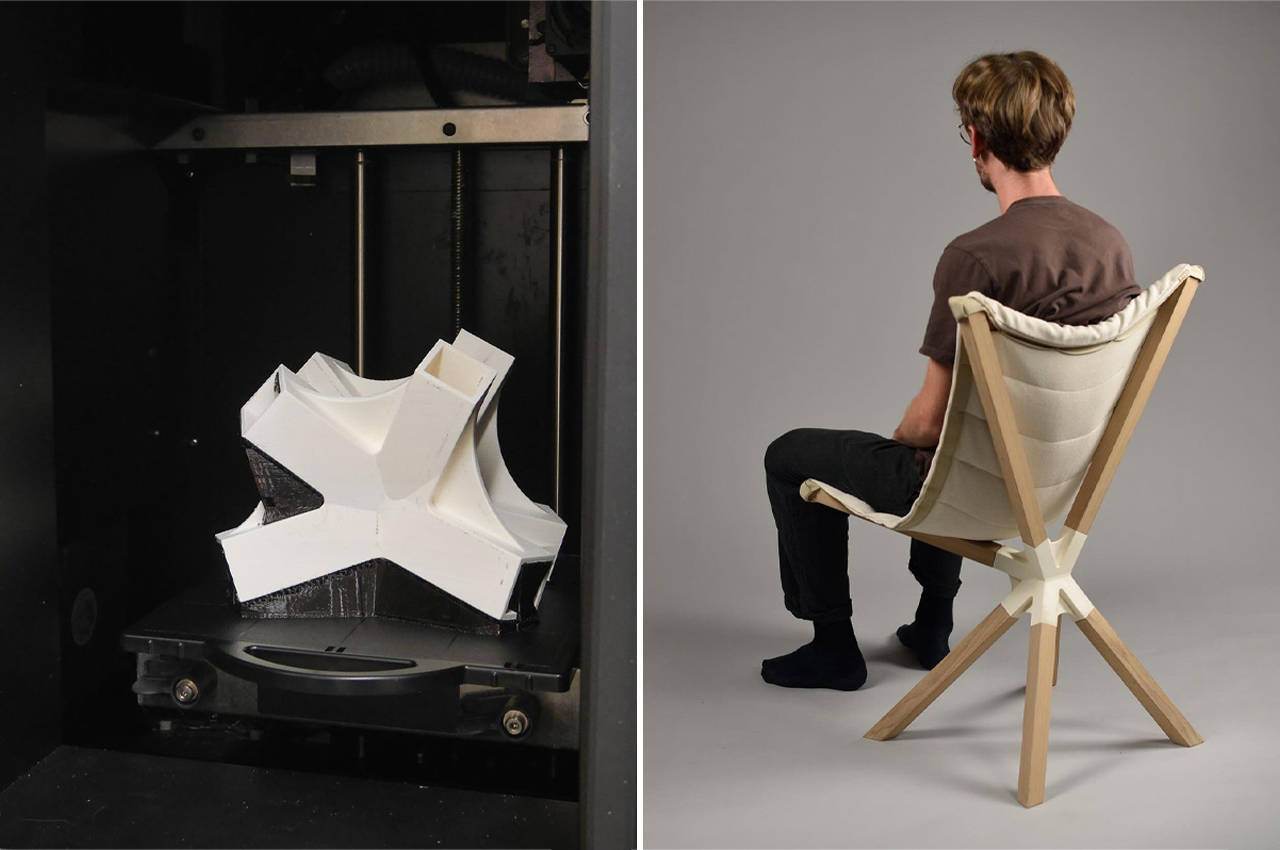
The post A 3D Printed central knot is the hinge that keeps the components of this wooden lounge chair together! first appeared on Yanko Design.
